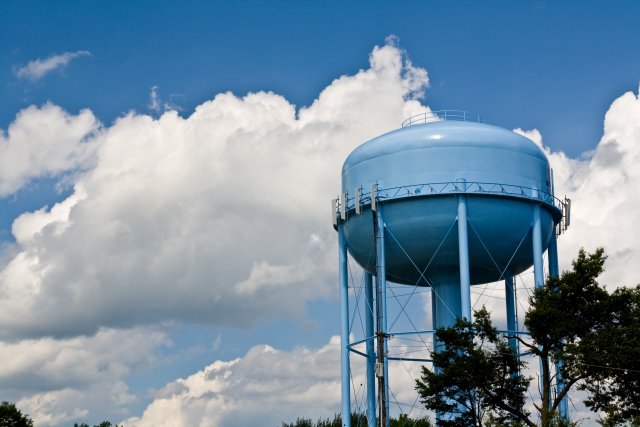Drinking Water System Resilience Webinar
About the Webinar

1. America's Water Infrastructure Act Section 2013
America's Water Infrastructure Act (AWIA) section 2013 amended the Safe Drinking Water Act (SDWA) section 1433 with an aim of increasing water system resilience to disasters. This presentation will provide an overview of the law, which requires community drinking water systems (CWS) serving more than 3,300 people to conduct or review and revise risk and resilience assessments (RRAs) and emergency response plans (ERPs) and certify to EPA that they have done so by specified deadlines every five years, next occurring throughout 2025 and 2026. This presentation will also highlight EPA’s Very Small Drinking Water and Wastewater System Resilience Continuing Education Unit (CEU) Program, which encourages utilities not covered by SDWA 1433 to develop a RRA and ERP with a participating technical assistance provider and, if allowed by their state or tribal operator certification program, get CEU credit for their work.
Presenter: Charlene Kormondy, EPA's Office of Water. Charlene is a physical scientist in EPA’s Office of Water, Office of Groundwater and Drinking Water, Water Infrastructure and Cyber Resilience Division. Charlene works on the implementation of AWIA section 2013. She has a master’s degree in environmental science and management with a focus on water resources management from the Bren School at the University of California, Santa Barbara, and a B.S. in environmental studies from the University of Central Florida.
2. Water Laboratory Alliance’s Resources to Improve Contamination Incident Resilience
EPA’s Water Laboratory Alliance (WLA) brings together environmental laboratories into a nationwide network to serve the water sector. It provides mutual aid, support, and increased analytical capabilities to improve the water sector’s resilience and ability to respond to all-hazards contamination incidents. WLA also offers free tools and resources to educate water sector stakeholders on best practices to prepare for successful and timely incident responses. This presentation will highlight the role of the WLA in contamination response as well as describe some key resources that will help small systems to update and improve their RRAs and ERPs.
Presenter: Peter Roumeliotis, EPA's Office of Water. Peter is an Oak Ridge Institute for Science and Education (ORISE) research fellow in EPA’s Office of Water, Office of Groundwater and Drinking Water, Water Infrastructure and Cyber Resilience Division. He works on strategic planning, technical resources, and communications support for the Water Laboratory Alliance, helping prepare water utilities and laboratories to respond to contamination incidents. Peter has an MPH in environmental health sciences from Yale University and a B.A. in biology from Vassar College.
